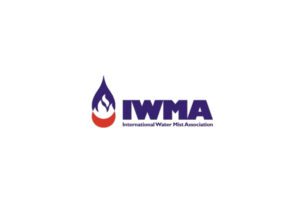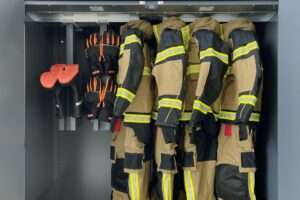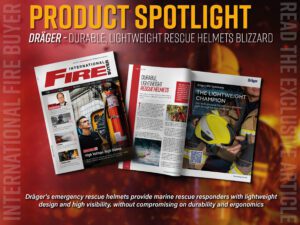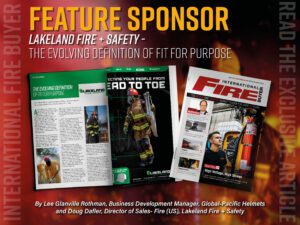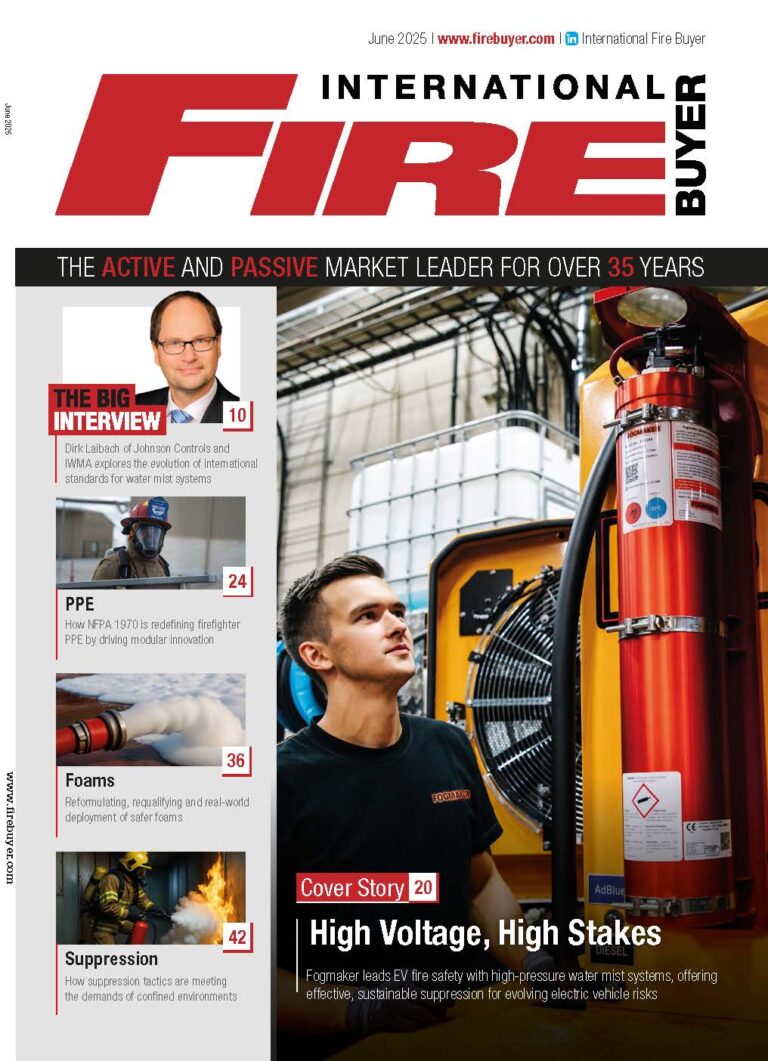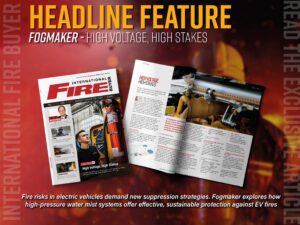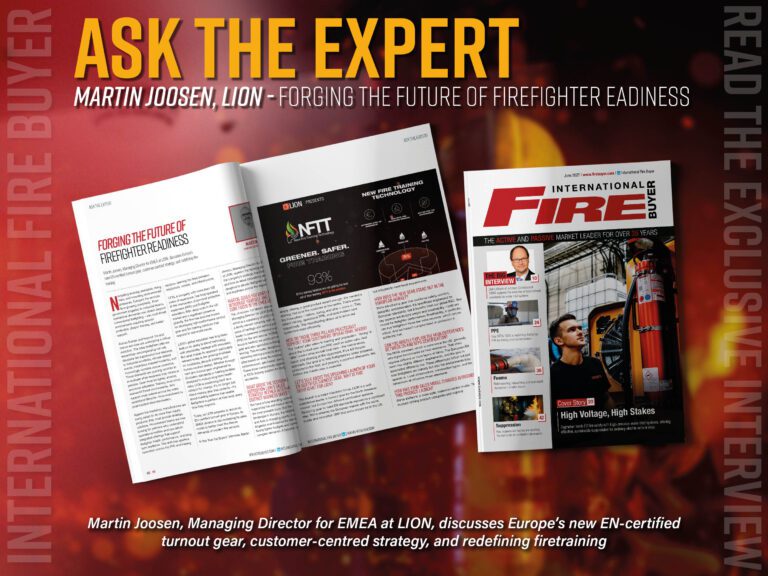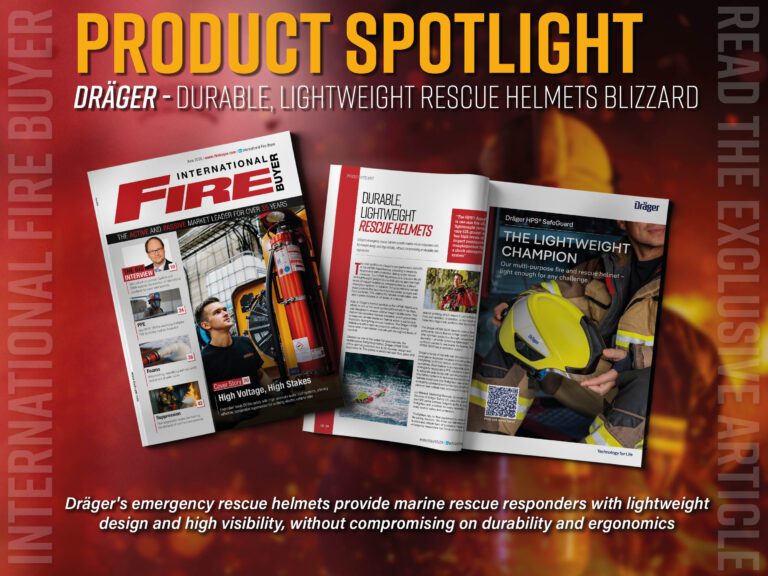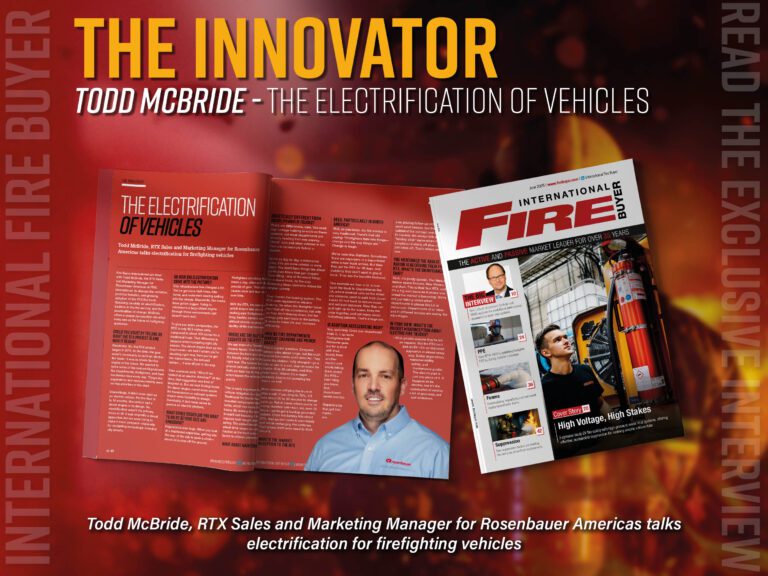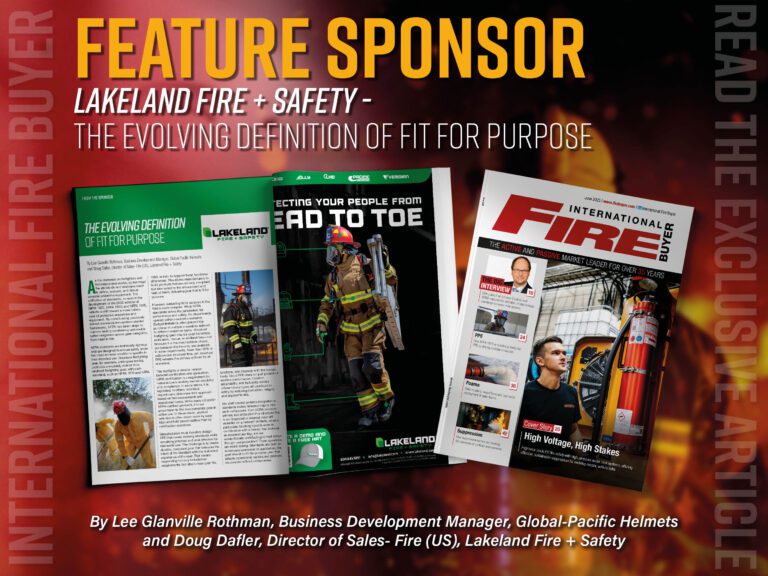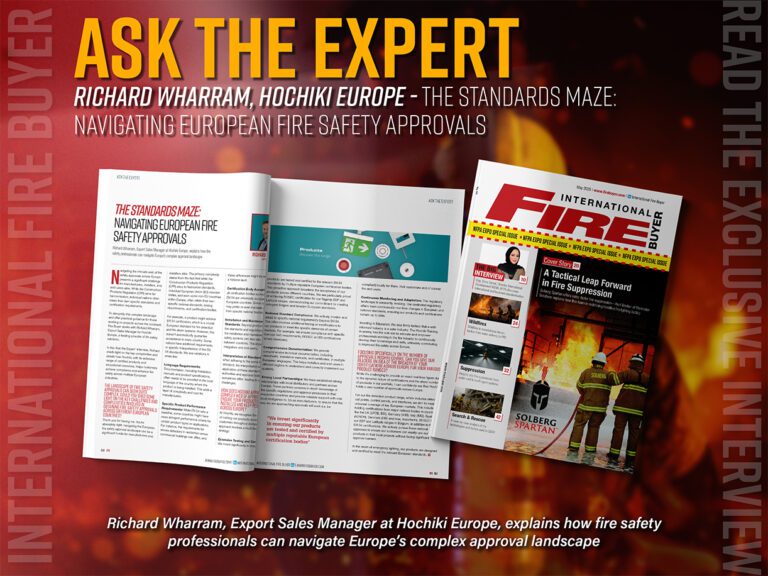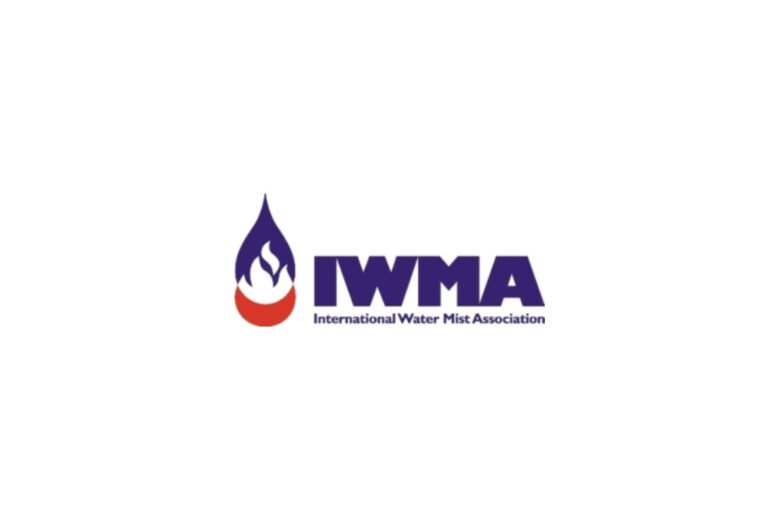Dirk Laibach of Johnson Controls and IWMA explores the evolution of international standards for water mist systems, and what’s next for this fire suppression technology.
Dirk Laibach is Global Product Manager for Water Mist at Johnson Controls International and a Board Member of the International Water Mist Association. With nearly 30 years of experience in the industry, Dirk brings unique insights into the development of water mist technologies and the standards shaping its global application. In this exclusive interview, he discusses international guidelines, third-party certification, and the evolving future of water mist in fire protection.
Can you begin by outlining the standards commonly used for water mist system design in the EMEA region?
Absolutely. The EMEA region—and Europe in particular—represents a significant market for water mist technologies. Around 20 years ago, a group of experts recognised the need for a dedicated guideline to address the specific requirements of water mist systems, which are distinct from traditional sprinkler systems. This led to the development of what is now the European norm EN 14972.
This guideline outlines the design, installation, operation, and maintenance of water mist systems, but its uniqueness lies in incorporating comprehensive fire testing procedures. In fact, EN 14972 is divided into two parts: the overarching part one, which lays out general system guidelines, and a set of sixteen supplementary standards specifying fire test protocols for various applications. This structure offers clear and practical guidance for consultants, installers, and designers working in the region, providing a robust foundation that didn’t exist decades ago.
What about regions outside Europe? Are there significant differences in guidelines and approach?
Yes, the situation varies considerably. For instance, the United States has its own dedicated standard—NFPA 750—developed by the National Fire Protection Association. Interestingly, the Americans began their standardisation efforts approximately five to ten years earlier than Europe. NFPA 750 operates similarly to EN 14972 in that it provides guidance on design, installation, and maintenance. However, while EN 14972 includes specific fire test protocols, NFPA 750 does not describe the tests but instead accepts results from recognised third-party approval bodies such as VdS (Germany), Factory Mutual (USA), and LPCB (UK).
Despite this difference, both systems require that any water mist system must undergo validated fire testing. NFPA 750 is also widely accepted beyond North America—it’s recognised in Asia-Pacific regions, Latin America, and Oceania, including countries such as Brazil, Australia, and New Zealand. It provides a globally respected framework, particularly in markets where European standards are not the preferred reference.
To what extent can consultants and system designers rely solely on guidelines like EN 14972 or NFPA 750?
That’s a crucial question. Neither EN 14972 nor NFPA 750 operates in isolation. These guidelines mandate the use of certified components that have passed rigorous fire testing by third-party approval bodies. These tests are not conducted by the standards organisations themselves but by independent agencies such as VdS, FM Approvals, or LPCB.
Once a product has passed such tests, it receives certification, but that’s only part of the equation. Consultants and designers must also use the manufacturer’s Design, Installation, Operation, and Maintenance (DIOM) manual.





